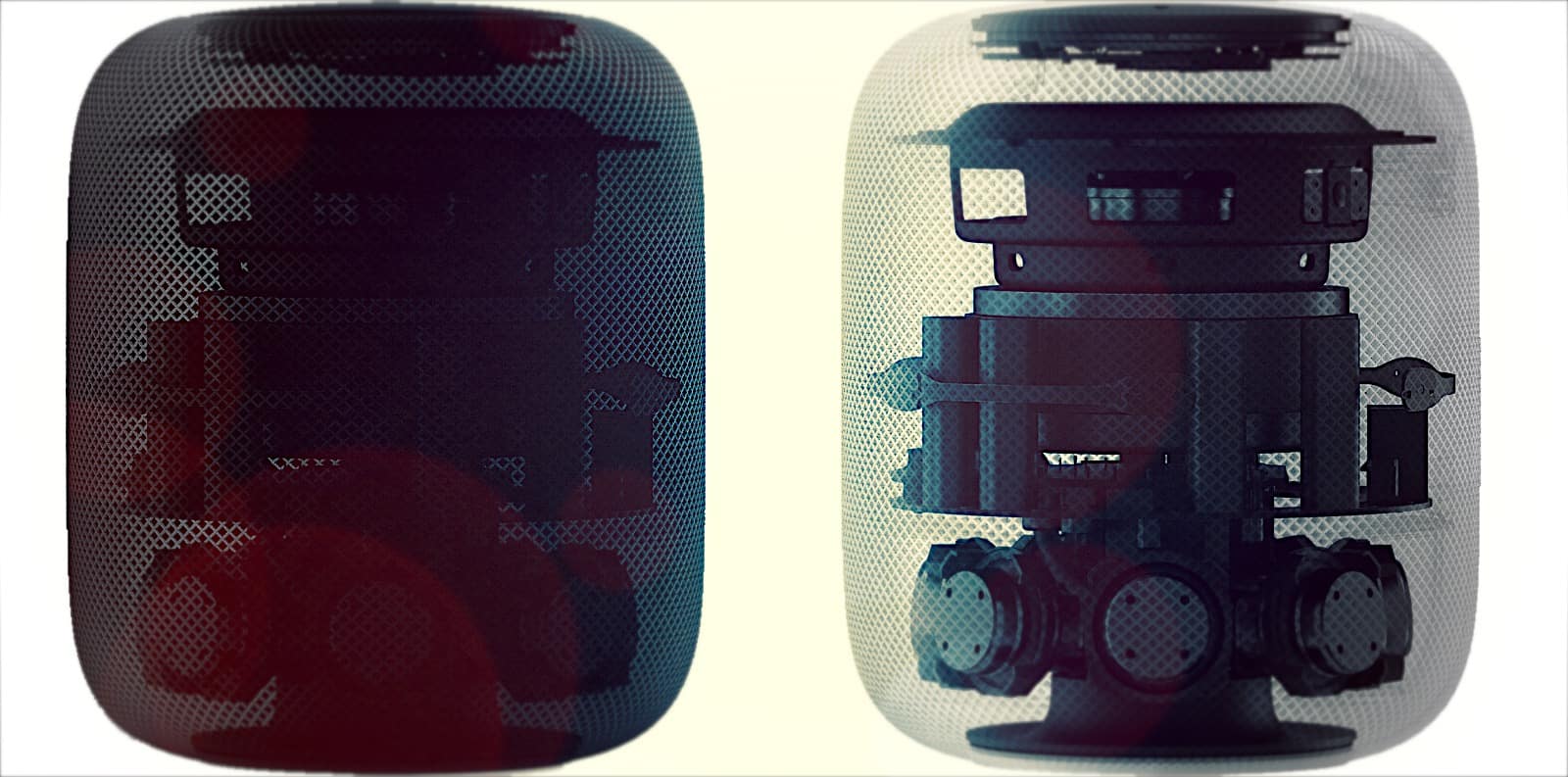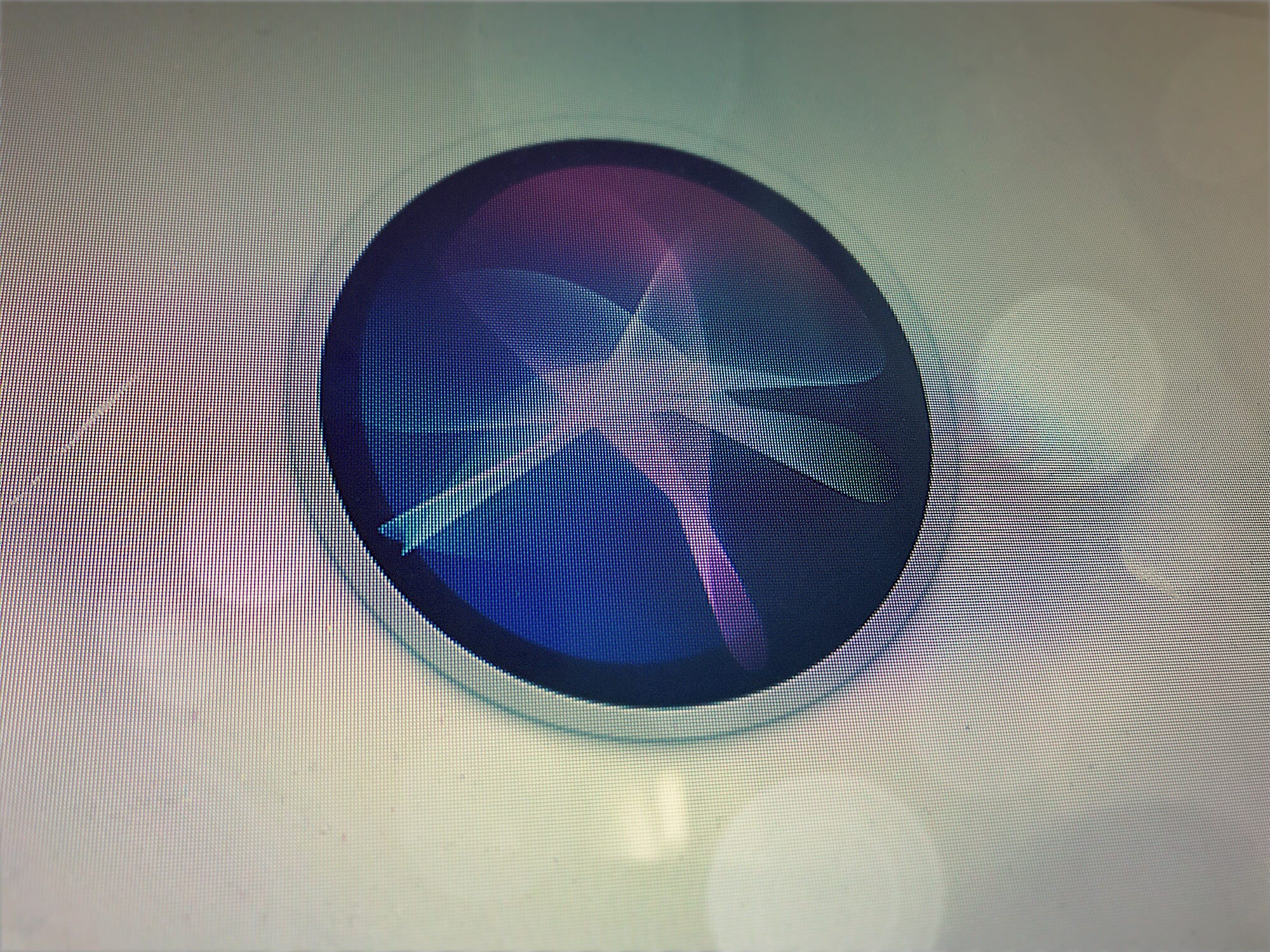It couldn’t be easier to set up HomePod or HomePod mini. Learn how to get started, use Siri, and exclude your kids’ music from your listening history.
HomePod User Guide
The first step is to set up your HomePod, or HomePod mini, and it’s very easy. If you ever set up AirPods then you’ll be familiar with the “process.”
Pretty much all you need to do is plug the HomePod into power, switch it on, and hold an iPhone, iPod Touch, or iPad, near the speaker. The setup screen will pop up automatically on your iOS device. If something doesn’t work, you can access manual setup from the Home app.
HomePod and HomePod mini controls

Photo: Charlie Sorrel/Cult of Mac
We’ve covered using Siri to control your HomePod, as well as the HomePod’s touch gestures, but here are a few new handy tricks.
For instance, you can dismiss an alarm by tapping anywhere on the HomePod’s top panel. You can also hang up a phone call that has been routed through the HomePod in the same way, and you can even manage multiple calls from the speaker.
If you’re already on a call and another call comes in, tap the green light on top of the HomePod. This will put the current call on hold while you answer the new one.
If instead you want to end the current call and answer the new one, tap and hold the green light.
When you have a call on hold, switch between calls with a double tap.
HomePod settings
The settings for HomePod are controlled from the Home app on your iPhone (or other iDevice). Available settings include:
- Change Siri’s voice
- Change the Apple Music account
- Make the volume consistent
- Avoid music with explicit content
- Keep songs out of your listening history
Of these, two are particularly handy when using the HomePod as a family speaker. First, you can switch to a different Apple Music account. Perhaps you set the HomePod up, but someone else — your spouse, or your kids — will be around the home most of the day while you’re out at work. This lets you retain control of the HomePod, but lets them use their own music library.
The best option, though, might be Keep songs out of your listening history. This stops music played using the HomePod from polluting your own account. Your kids’ terrible music taste will not influence your future Apple Music recommendations, nor will the played tracks be visible to your followers on Apple Music.
You can also choose whether HomePod can access Messages, Reminders and Notes.
Siri and Apple Music on HomePod and HomePod mini

Photo: Charlie Sorrel/Cult of Mac
The HomePod’s primary interface, of course, is Siri. You can ask Siri to play a genre, from a time period (“Hey Siri, play classic rock from the 80s” will make your HomePod sound like every U.S. FM radio station).
Or you can use Siri to save songs, or tell you about the current song. “Hey Siri, add this to my library”, or “Hey Siri, add this album to my library” will do what you’d expect. To find out more about the song that’s playing, try these commands:
- “Hey Siri, tell me about this artist”
- “Hey Siri, what album is this?”
- “Hey Siri, when was this song released?”
Home Control with HomePod
This only works if you have HomeKit gear set up at home, but if you do you can command Siri to turn lights on and off, and other menial tasks that take like two seconds to do yourself. But if you prefer to sit in the center of your home like one of Wall-E‘s blob people, and have HomePod Siri do everything for you, now you can.
And OCD owners can ask Siri whether or not the doors are locked. Better still, you can ask him/her every five minutes and s/he still won’t judge you.
Another neat feature is that the HomePod acts as a home hub, allowing you to control your HomeKit accessories when you’re not at home.
This post was updated on December 24, 2023.


